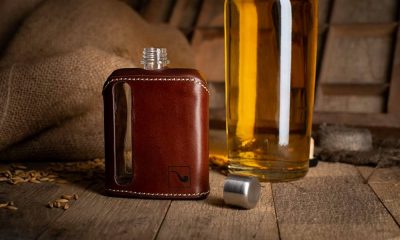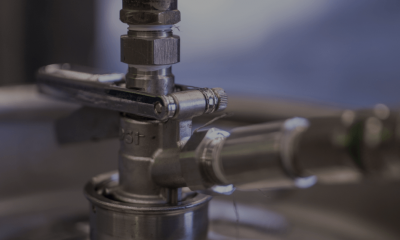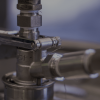Food & Drinks
Cleaning and Sanitizing: The Key to Successful Homebrewing
Beer, a beverage with a rich history, has become one of the most beloved alcoholic beverages globally. There is something for anyone’s taste. Some prefer commercial brews like Lager, Ale, or Hybrid, while others find joy in brewing their own beer at home. Homebrewers don’t have to cater to other people’s tastes, they can enjoy making the beer that they are fond of.
Brewing has been around for thousands of years and quickly became the most popular alcoholic drink. It has endless creativity. Here are some basic ingredients you’ll need to get you started.
Beer Basics
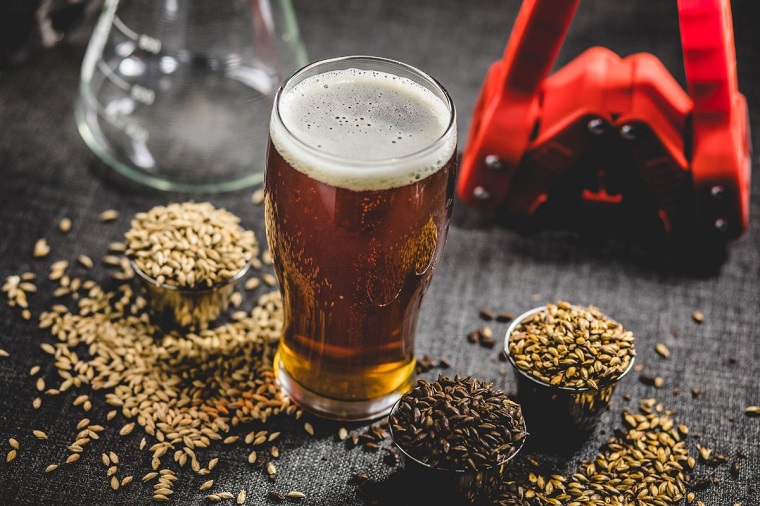
Malt, hops, yeast, and water are your fundamental ingredients for making your own beer. The journey of homebrewing begins with the right equipment. Nowadays, buying brewing systems and accessories online is accessible, but it can get a little confusing if you’re just starting out, or taking up home brewing as a hobby. What you will need is a brew kettle, a mash gun, and a fermenter to get you started.
Cleaning and Sterilising
Before you start with sterilising, you have to clean your equipment. Although used synonymously, there is a big difference between cleaning and sterilising. You might think that if you clean the surface, it’s done and ready to go, but that’s not the case. Sterilisers have bacteria-killing properties and that’s why it’s important to use them.
Just one speck of dust at the bottom of the bottle, that you missed while cleaning, has a very big chance of contaminating your precious beer with bacteria and wild yeast making it unsafe to consume. You can tell if your batch of beer has gone bad by aroma change or mild or intense off-flavour development.
Cleaning Brewing Equipment
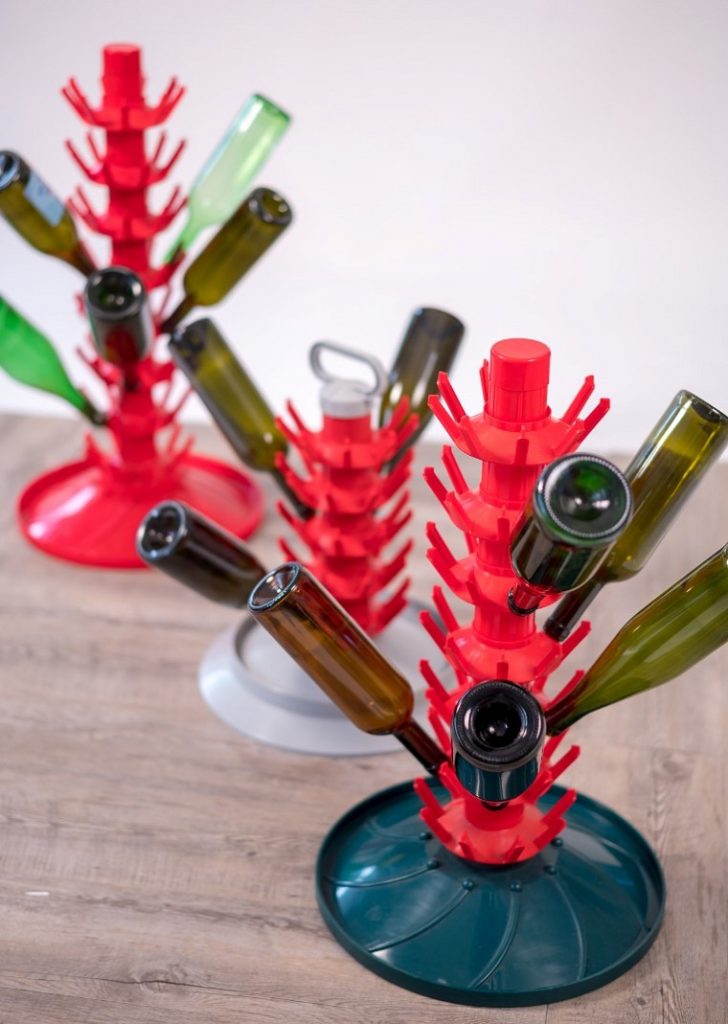
Investing in the right cleaning tools can make the process both simple and fun. If you’re wondering “What can I use to sanitize bottles? one of the best tools is a specialised beer bottle sanitizer, which can ensure that your bottles are pristine before each use. No rinse sanitiser can be used in a spray bottle or diluted solution sufficient for multiple doses. This solution not only saves time but also ensures thorough cleanliness without the need for rinsing.
Additionally, a bottle rinser and a ‘’drain tree’’ are the perfect duo and the ultimate solution for storing, rinsing, and sterilising your brewing bottles.
Bottle brushes are essential for cleaning the inside of beer and wine bottles. They come in various shapes and sizes to fit different bottle types. It’s best to look for one with soft bristles to avoid scratching glass. A bottle brush can reach areas that are hard to access, ensuring your bottles are spotless before filling them with your homemade brew.
This combination of products makes sanitising homebrew equipment an easy and enjoyable experience.
How Do They Work?
It’s pretty simple. All you have to do is to fill in the unit with rinse water or a rinsing solution. Then, take a bottle and invert it over the white injector tube, pushing the bottle up and down a couple of times, making the water or sterilizing solution injected into the bottle. After the sanitiser has been injected into the bottle, you can swirl the sanitiser around the bottle and place the bottle on top of the bottle drainer to dry. It’s that easy! The bottle rinser can be attached to the top of a bottle ‘’drainer tree’’ or sit on a workbench or table.
Experiment with Techniques
Now that you have your basic ingredients, and clean and sterilized tools to begin the home brewing process, you can start experimenting with different techniques. Some of them are dry hopping, step mashing, making a yeast starter, common off-flavours in beers and so many more.
Bottling vs. Kegging
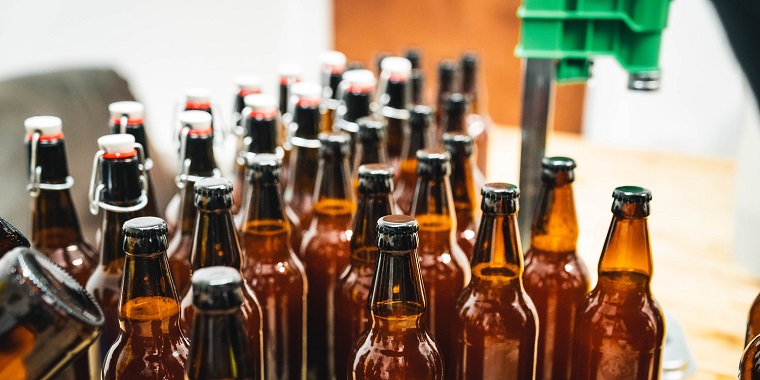
When it comes to packaging your beverage at the end of the process, there are different options that you can choose from. The most popular being bottling or kegging. Bottling beer is generally cheaper and a simpler option for anyone who’s starting out. You can use glass or plastic; they can be reused making this hobby more sustainable.
Kegging beer is a more consistent alternative to bottling, and it also takes less time. It’s more of an investment and comes with its perks. Picture hanging out with your friends and sharing your latest beer at your home bar set-up. Sounds nice, right?
Celebrating the Rewards of Meticulous Cleaning
Maintaining a clean and sanitised brewing environment is the foundation of successful homebrewing. Whether you’re a beginner or a seasoned enthusiast, the quality of your beer relies on the diligence you apply to this essential aspect of the process. While it might not be the most glamorous part of brewing, it’s undoubtedly easy and necessary to ensure that you are brewing the delicious results that you crave. So, remember, cleanliness is not just a virtue; it’s the secret to crafting exceptional homebrewed beer. Cheers to your brewing success!
Writing for the blog since 2012, Chris simply loves the idea of providing people with useful info on business, technology, vehicles, industry, sports and travel – all subjects of his interest. Even though he sounds like quite the butch, he’d watch a chick flick occasionally if it makes the wife happy, and he’s a fan of skincare routines though you’d never have him admit that unless you compliment his impeccable skin complexion.



